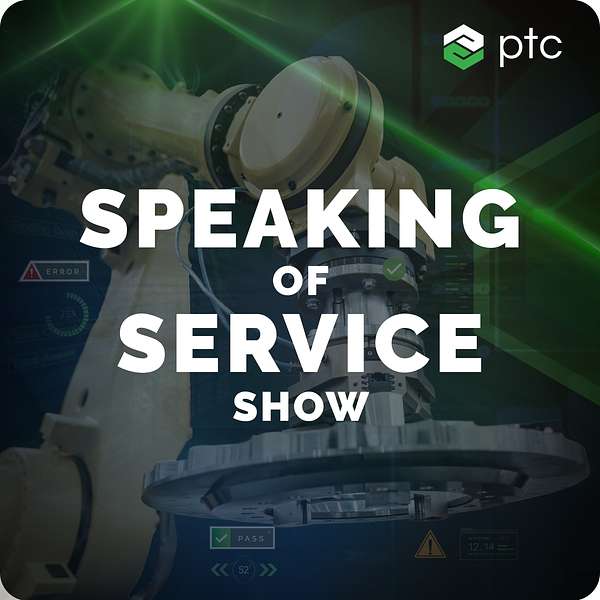
Speaking of Service
Speaking of Service uncovers practical ways to grow service revenue, control costs, and improve customer satisfaction. If you’re looking to innovate, gain a competitive edge, or just learn about the latest service trends, you’ve come to the right place! Also check: www.ptc.com/speakingofservice
Speaking of Service
Connected Service Strategy – how to start and speed to value!
Discover more on how IoT for Service drives better business results
It is no longer a question as to whether companies should connect their products. The question is now how fast they can get to desired value. Today we are going to talk about how to think about implementation and how to get the faster time to value and reducing total cost of ownership. It is no longer why? or whether? or if? It´s how to start and speed to value? In a connected service strategy, the best smart connected products will ensure improved efficiency, faster time to value and lower cost of ownership.